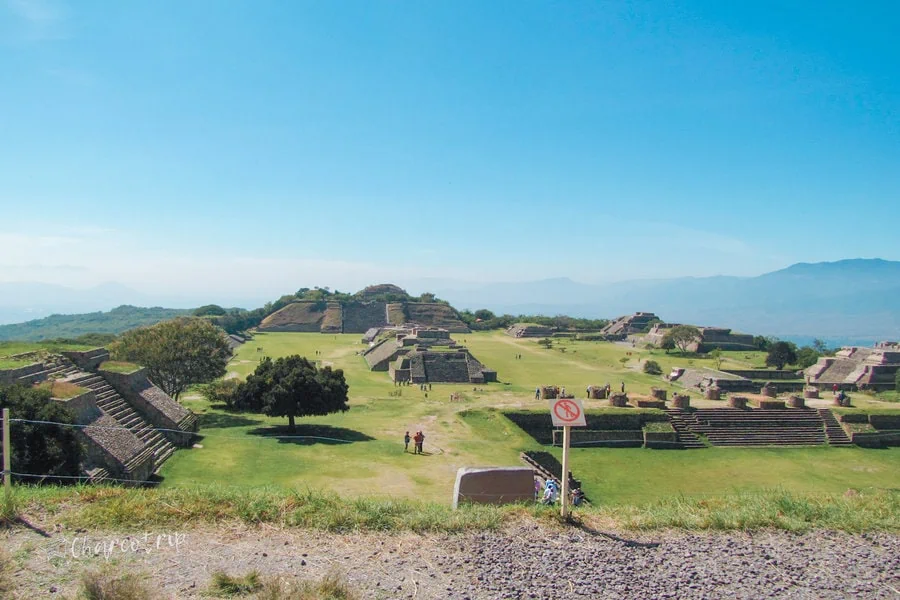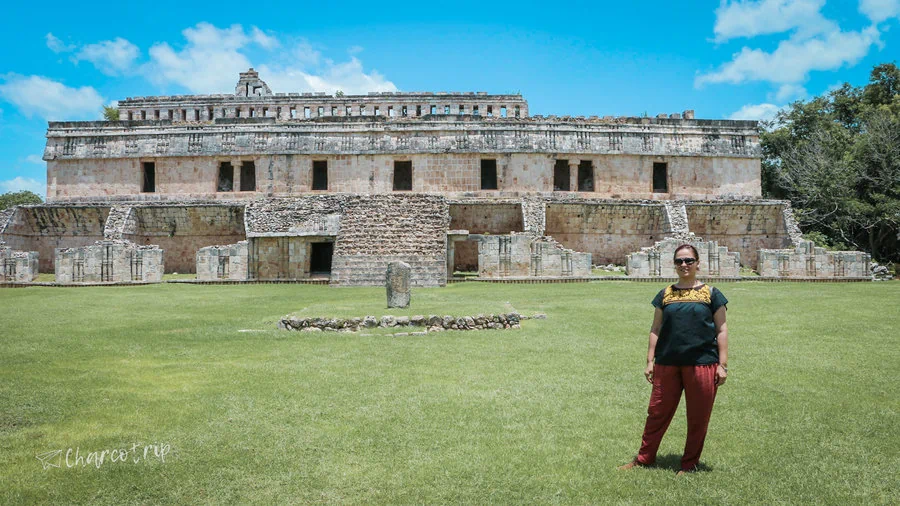We show you how our visit to the Roman Colosseum was, we also give you information to visit it such as prices, schedules.
Visiting the Colosseum is a once-in -a lifetime experience. The one place that you see in movies, on TV shows and books just cannot compare to this amazing site when it comes live right before your eyes! In this article today we will talk about what exactly happens during a visit to the Roman Colosseum as well all information needed beforehand so don’t miss out!

The Colosseum in Rome has been part of the UNESCO World Heritage Site since 1980. And it was declared one of the new seven wonders of the world in 2007.
Information to visit the Roman Colosseum
How much does it cost?
The price is 16 euros plus 2 euros if purchased online. If you want to visit the underground area and have a “more complete” experience, the ticket costs 22 euros (plus the 2 if purchased online)
Which are the schedules?
June 1 to August 31: 10:30 AM – 7:15 PM
September 1 to September 30: 10:30 AM – 7:00 PM
October 1 to October 24: 9:30 AM – 6:30 AM
October 25 to December 31: 9:30 AM – 4:30 PM
Can you take photos?
Yes.
How to get there?
By metro, take line B and get off at the Colosseo stop.
How to visit the Roman Colosseum for free?
At the time we visited the Colosseum the first Sunday of every month was FREE, yes, free. But as you can already imagine the line to visit on that day, given that on normal days, it is HUGE. Here is a sample of the crowd:
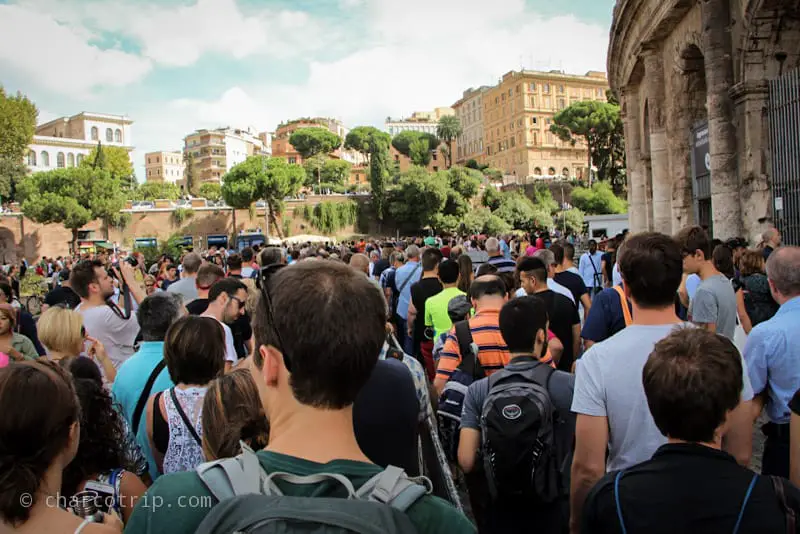
But, to avoid making the huge line, we bought a “skip the line” pass that for one or two euros allowed us to go directly to the security area and enter quickly. I’ve looked for it to tell you exactly what service it was, but right now I can’t find it on the Colosseum site, if I see it again I’ll update it here.
The other important thing to know is that in 2019 they changed the free Sunday rule, now it would no longer be the first Sunday of each month, but only the first Sunday of the 6 months that are low season. Right now, due to Covid, there is no information about 2020 on the site, so again I tell you that if there is any news I will put it here, to find out if it is possible to access the Colosseum for free!
I have to say that we were very lucky to enter this wonder of a monument for free.
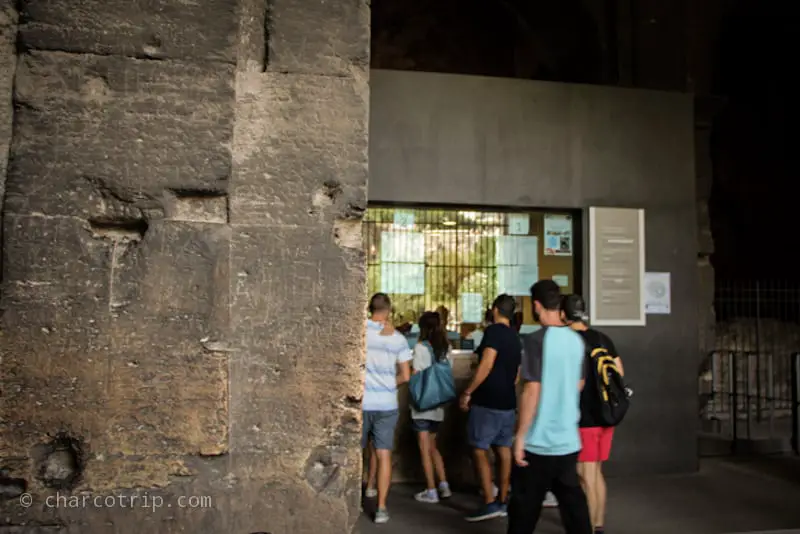
A little bit of history
The Roman Colosseum, that we were about to visit, was built in the 1st century, at the time of the Roman Empire. It was also known as the Flavian Amphitheatre, referring to the Flavian dynasty that built it.
Do you know where the name coliseum comes from? this comes from the statue of the Colossus of Nero that stood nearby (which no longer exists today).

It was used for almost 500 years and was the scene of re-enactments of battles, plays, but also executions, animal hunts, not forgetting the gladiator fights that are inseparable from this monument.
When it ceased to function as a theater, the coliseum served as a refuge, a factory, a fortress and a quarry, among other things. As happened in several monuments, such as those of Arles, the stones of this great construction were used to make new buildings.
Nowadays it is one of the symbols of the Roman Empire and the greatness of Rome, an essential place to visit if we pass through the city.

Visiting the Colosseum in Rome
The route we took is this one:
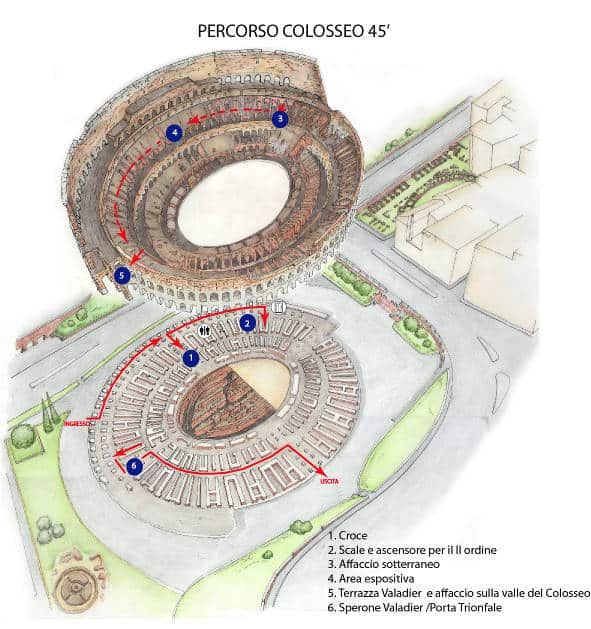
Upon entering we pass through the arches, but this time from the inside and the first view we have is of the 75 by 44 meter oval, which is partially covered. In this way we can see from the outside what is below. This in its time was covered, the floor was made of wood, with sand on top.
And for those who saw the movie “Gladiator” you probably remember that things suddenly came out of the ground, well this is true: the floor of the oval had several trapdoors and hoists that communicated with the basement and were used during the “show”.




Thumbs… up or down?
And remembering the scene where Joaquin Phoenix raises or lowers his thumb, we wanted to recreate it. Although it seems that the interpretation we make today, that the thumbs up meant that the gladiator could live and that thumbs down he would die, is not entirely true. But this has been cemented in our beliefs largely to Roman movies made in Hollywood.

And seeing the underground part of the coliseum, from above, to think that it was there where the gladiators were, those condemned to death, the caged animals. The truth is that it is a place where I would not have liked to be at that time. Being there meant that most likely the person or animal was about to die.
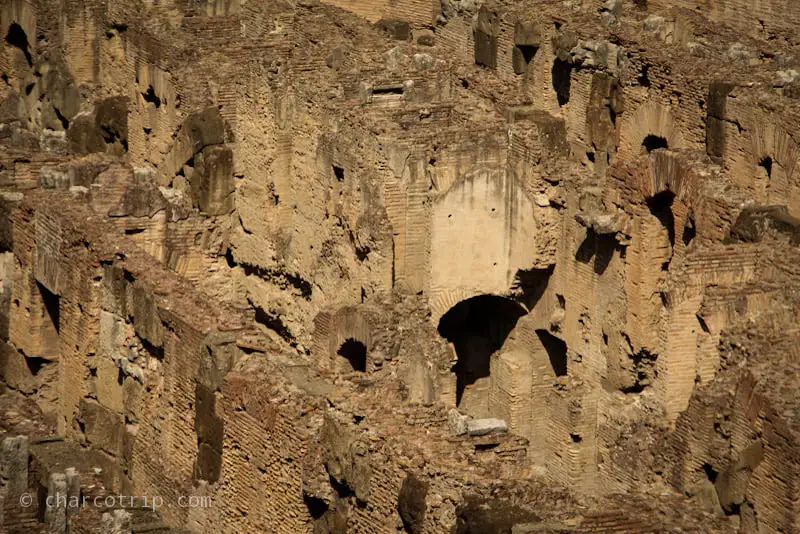

How many people could Colosseum accomodate?
Another achievement of this monument was the fact that it could accommodate 50,000 spectators, albeit well distributed based on their social class, which was not mixed. But not only that, the best part was the fact that the building could be emptied in just 5 minutes!
Vomi… what?
This was possible thanks to the vomitories, wait… the vomi, what?… yes, that’s what they’re called.
A vomitory is a passageway located under or behind a tier of an amphitheater or stadium, through which large crowds can quickly exit at the end of the show. They can also be pathways for the actors with which they can enter or leave the stage. The Latin word vomitorium, whose plural is vomitoria, derives from the verb vomeo, vomere, vomitum, “to vomit”.

And returning to the issue of seats, as I said above: the social classes were totally separated. For obvious reasons the best chair was the emperor’s. In addition, you have to imagine the coliseum with a kind of roof, rather a drop-down cloth cover. It was made with sailcloth, at first, and later with linen.
It must be taken into account that many things were made of wood in the structure and all this was burned.
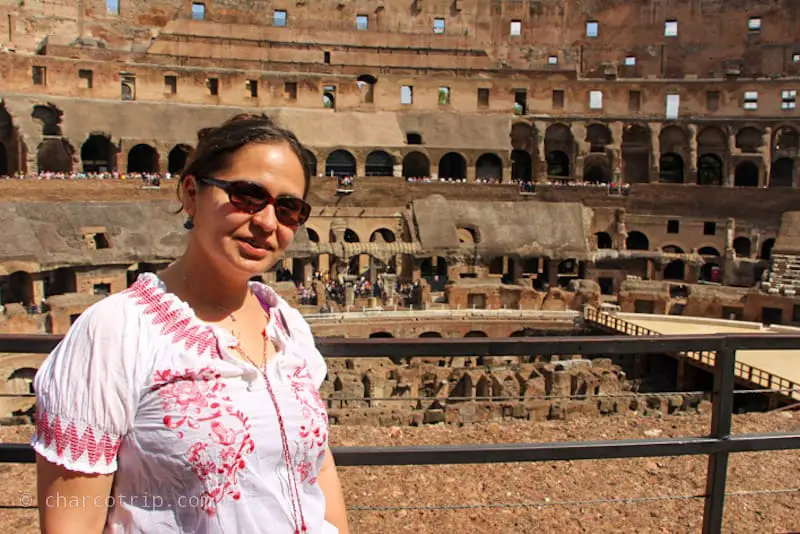
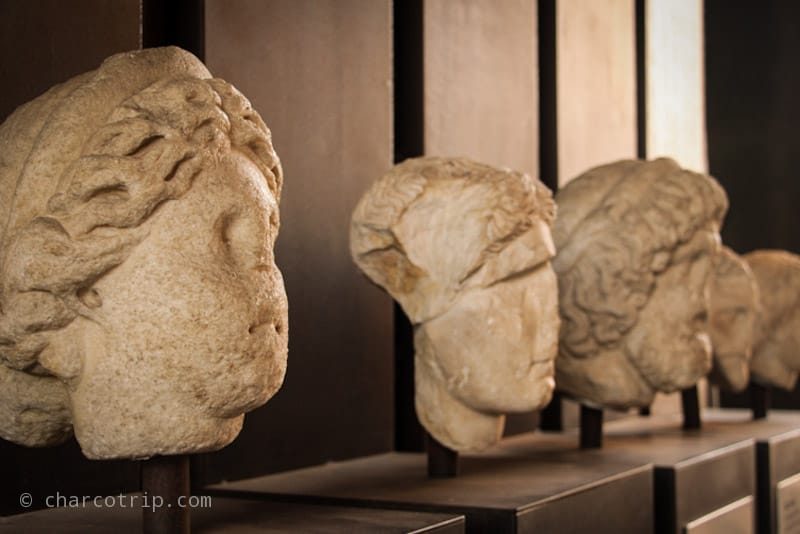
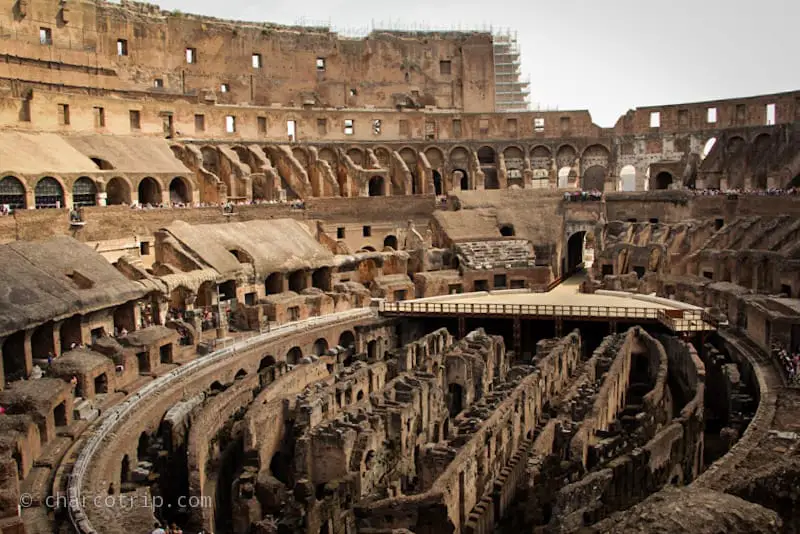
To finish the visit we went to the upper floor, with our entrance only two floors can be visited, and we were able to have another view of the stage. From above, looking out we could see how the line, which was already quite long when we arrived, had increased even more. We were very happy to have arrived early. And happy to have finally visited inside this wonder of the modern world.
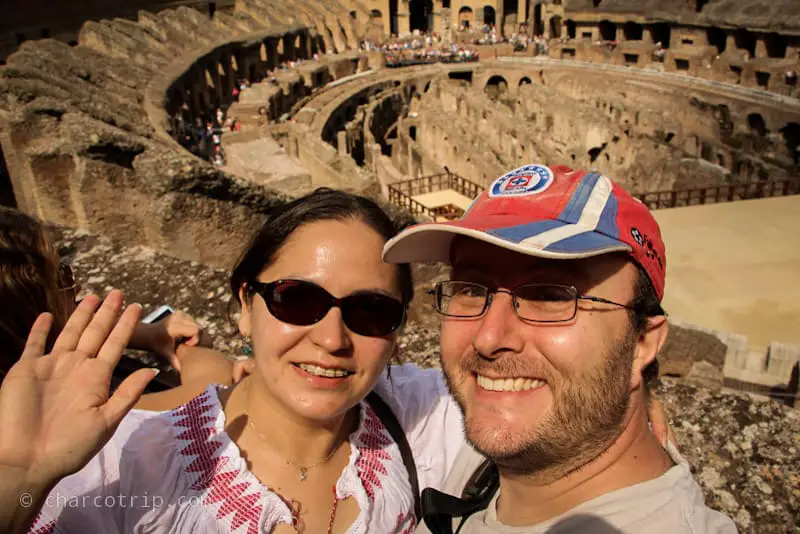
Some of the links in this article include affiliate links. This means that if you buy a product listed here by following these links, we'll receive a commission. The use of this link does not increase the final price for you and thus helps us to keep our blog alive.


